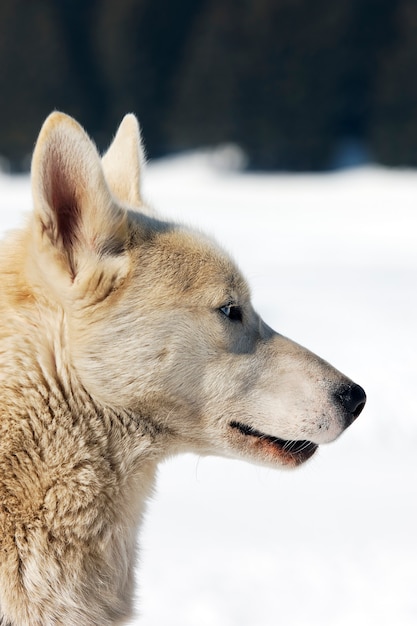

Arctic foxes have the ability to change their coat color depending on the season.
Their fur is extremely thick, allowing them to withstand freezing temperatures.
The arctic fox is about the size of a small to medium-sized dog.
They have a compact body with short legs, which helps them navigate through the snow.
Arctic foxes have a keen sense of hearing, allowing them to locate small prey under the snow.
These foxes are native to the Arctic regions of the Northern Hemisphere.
They have a thick, bushy tail that often acts as a warm cover during sleep.
Arctic foxes have a high metabolic rate, enabling them to survive in extreme cold.
They have excellent eyesight, which helps them spot prey from long distances.
The arctic fox is a solitary animal and prefers to live independent of other foxes.
These foxes can survive long periods without food due to their efficient metabolism.
They are known for their incredible ability to adapt to harsh Arctic environments.
Arctic foxes have short rounded ears that help minimize heat loss.
They are opportunistic feeders and can eat both small mammals and birds.
Their hearing is so sharp that they can even hear lemmings tunneling under the snow.
Arctic foxes have been known to travel great distances in search of food.
They are extremely agile and can jump distances of up to 50 feet.
Arctic foxes can dig deep tunnels and use them as shelter from predators and harsh weather.
These foxes mate for life and show strong bonds with their partners.
Arctic foxes have the ability to survive temperatures as low as -70 degrees Fahrenheit.
They are highly skilled swimmers and often swim long distances between ice floes.
The average lifespan of an arctic fox is about 3-6 years in the wild.
Arctic foxes have a relatively small head compared to their body size.
They are known for their playful behavior, often engaging in games with their young.
These foxes have small, round nostrils that can close to prevent frostbite during extreme cold.
Arctic foxes have warm fur even on their feet, protecting them from freezing on the ice.
They are capable of surviving in some of the harshest conditions on Earth.
Arctic foxes have a low body fat percentage, which allows them to survive long periods without food.
They are well adapted to their surroundings, making them excellent hunters.
These foxes are opportunistic eaters, feasting on almost anything available in their environment.
Arctic foxes have a thick layer of fat under their skin called blubber, which acts as insulation.
They have a keen sense of smell, enabling them to locate food buried under snow.
These foxes are known to scavenge for food, often stealing from larger predators.
Arctic foxes have small paws, which help them distribute their weight evenly on the ice.
They are excellent diggers, using their sharp claws to excavate burrows in snow and ice.
These foxes are capable of surviving the long, dark Arctic winters.
Arctic foxes have adapted to their environment so well that their body temperature doesn’t drop below freezing.
They have a white coat during winter, allowing them to blend in with the snowy landscape.
These foxes have a specialized layer of fur on their paws to protect them from frostbite.
Arctic foxes have been known to steal food from polar bears’ leftovers.
They are incredibly resilient and can bounce back from population declines.
These foxes have a thick layer of fur over their eyes, acting as a shield from the harsh Arctic winds.
Arctic foxes have a unique hunting strategy, sometimes jumping high in the air to pounce on their prey.
They are capable of maintaining a high tolerance for CO2, which allows them to live in dens with poor ventilation.
These foxes have a complex vocal repertoire, communicating with a range of barks, growls, and screams.
Around the world, coffee enthusiasts enjoy Monin coffee concentrate since it is a multipurpose product. Conveniently combining…
The Importance of Choosing the Right Shower for Your Bathroom Renovating your bathroom can be…
Usain Bolt holds the record for the fastest 100-meter sprint in history.Bolt was named Sportsman…
Love is in the air... and it smells suspiciously like chocolate!Roses are red, violets are…
Life's a beach, take a picture and relax.Sun, sand, and salty kisses. That's what beach…
Hungary is home to the largest thermal water cave system in the world.The Rubik's Cube…